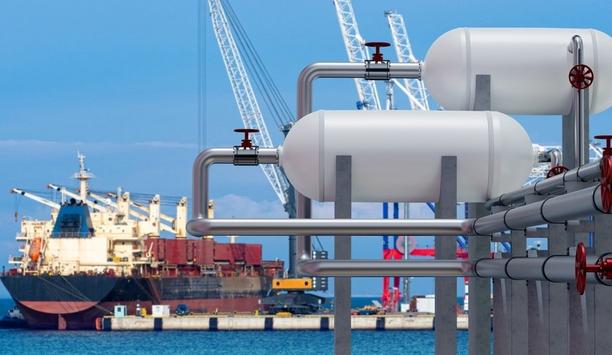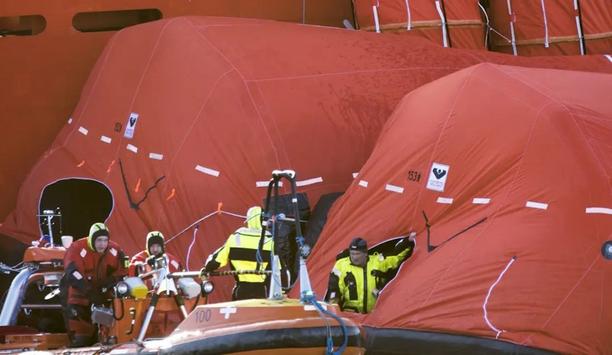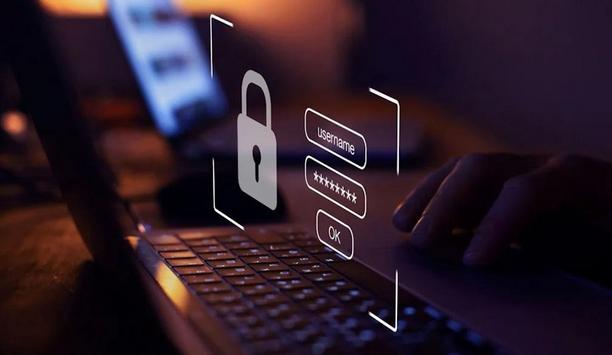The Maritime Technologies Forum (MTF) has released a new report offering guidelines and key safety considerations for developing liquefied hydrogen bunkering systems and procedures.
The report underlines the potential use of hydrogen as a zero-emission fuel to meet the IMO Strategy on Reduction of GHG Emissions from Ships by 2050. It acknowledges the challenges associated with bunkering hydrogen as a marine fuel and as maritime cargo, identifying design and functional implications and limitations.
Key observations
Based on the findings of the publication, MTF has outlined the following key observations:
- The properties of hydrogen, and in particular the very low temperature of liquefied hydrogen, mean that experience gained from bunkering arrangements for liquid natural gas, LNG, cannot be re-used directly.
- The bunkering process will be more complex than it is for LNG since no nitrogen can be present inside the piping systems when liquefied hydrogen is introduced, as this will freeze and clog the systems.
- The material choices and need for more insulated components and piping will also be slightly different.
- The development of vessel-specific procedures for bunkering operations, such as more automated bunkering procedures, will be necessary.
- The added complexities will mean that the need for crew training and certification is of even higher importance than for other bunkering processes.
- The Safety Management Systems should be updated to cater for the additional safety aspects with liquefied hydrogen bunkering, as outlined in another work carried out by MTF, ‘Guidelines to develop and implement a Safety Management System for alternative fuels on board ships’.
Advance safer bunkering operations
Commenting on the guidelines and the planned submission to the International Maritime Organization (IMO), Alf Tore Sørheim, Acting Director General of Shipping and Navigation at the Norwegian Maritime Authority, said, "With the current lack of international standards covering bunkering of liquefied hydrogen, these guidelines are especially important to help industry develop and advance safer bunkering operations."
Alf Tore Sørheim adds, "This is why the Flag state members of MTF are jointly submitting this report to the IMO to provide recommendations and offer a framework to consider when developing liquefied hydrogen bunkering requirements."
Addressing liquefied hydrogen bunkering
Further commenting on the report, Knut Ørbeck-Nilssen, CEO, of DNV Maritime, said, "Hydrogen is going to continue to play an important role in the energy transition, both as a marine fuel and as a cargo, which is why it is critical to develop standards to support its safe bunkering."
Knut Ørbeck-Nilssen adds, "The introduction of these guidelines and their submission to IMO are key steps in addressing the challenges around liquefied hydrogen bunkering."












